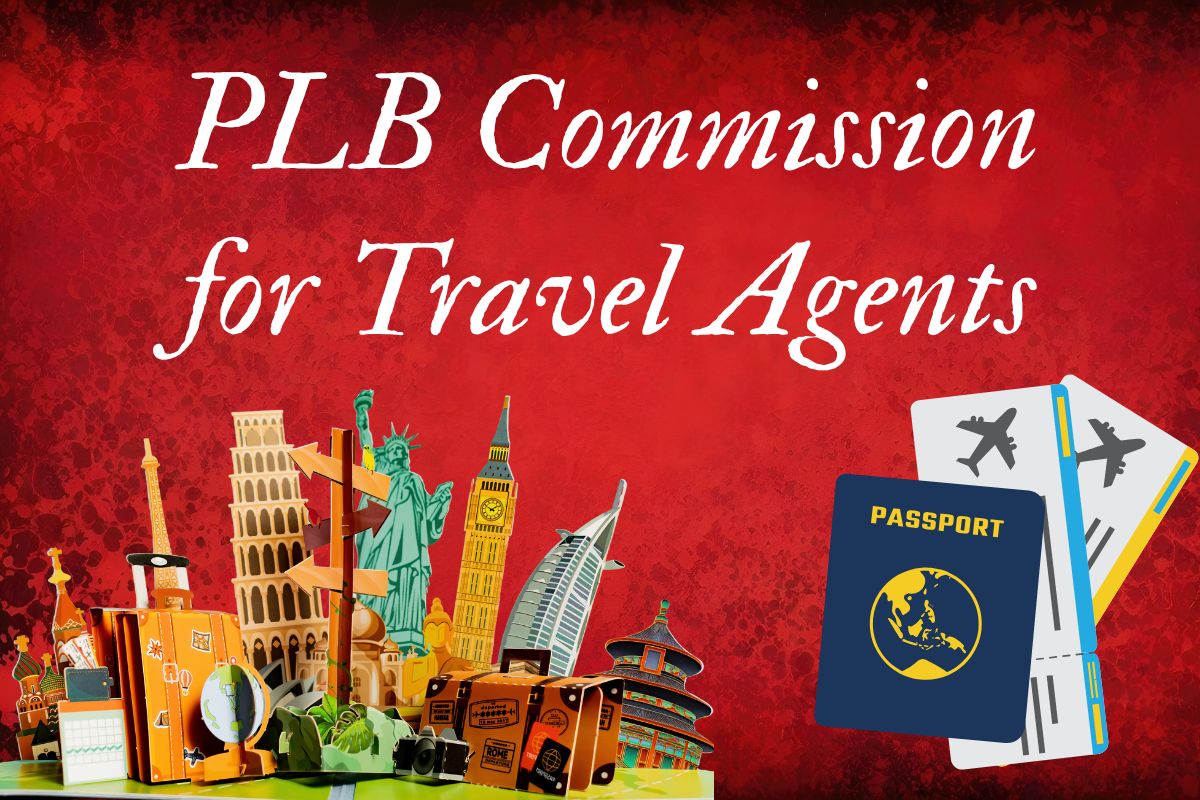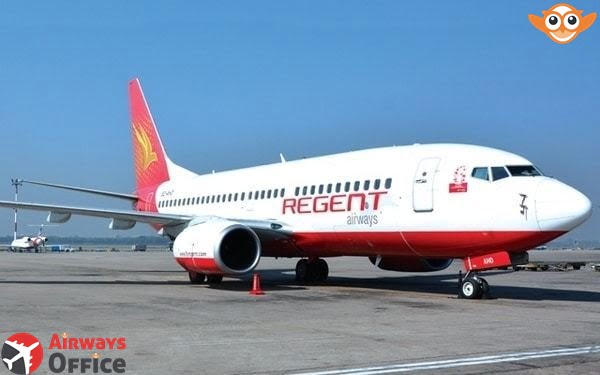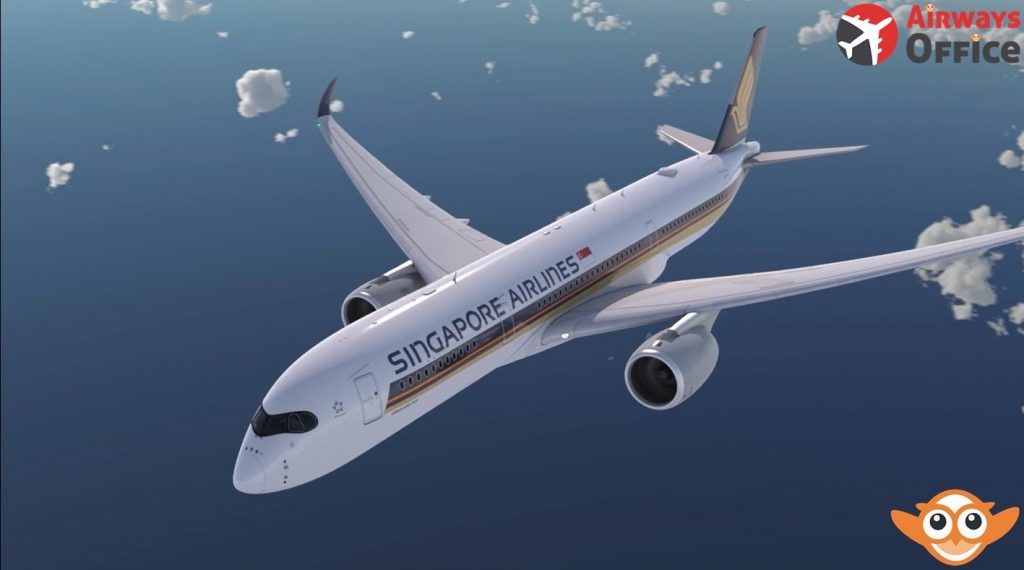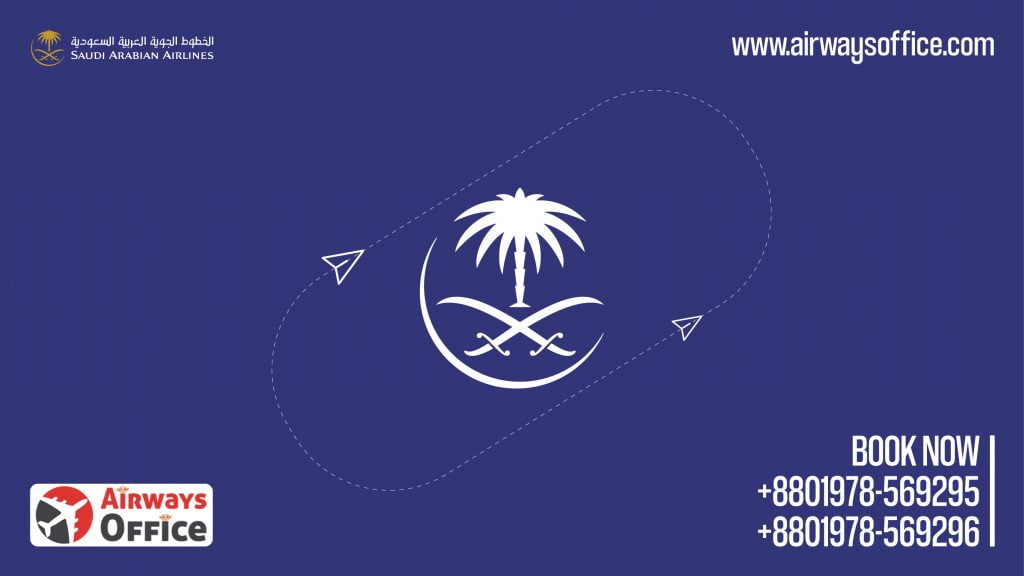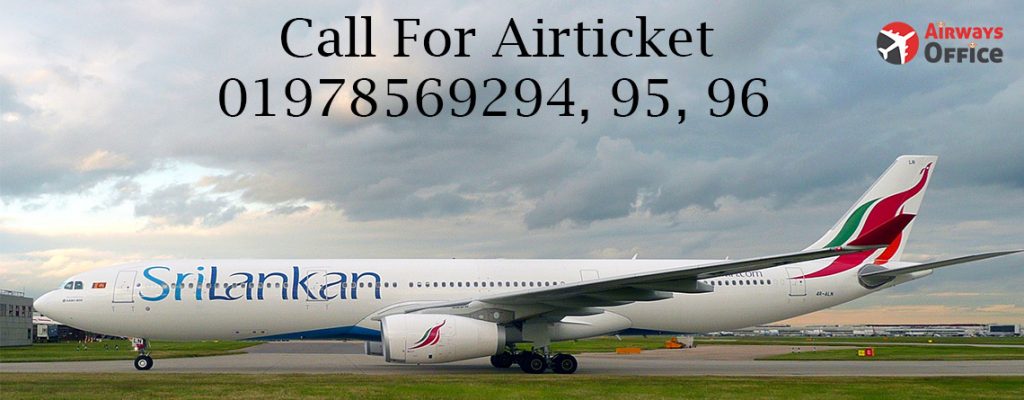PLB, in the travel agency or airlines, refers to Productivity Linked Bonus, also known as Performance Linked Bonus (PLB) commission, offered by some agencies like Airwaysoffice. Its commission significantly influences an agency’s revenue and differs from fixed commissions, which offer a standard rate for each ticket sold. Instead, PLB commissions are determined by a travel agency’s overall sales productivity. This performance-based model effectively incentivises agents to meet or surpass specific sales targets, encouraging them to boost ticket sales for an airline in exchange for additional bonuses. This comprehensive guide delves deeply into PLB commissions, providing a thorough understanding of their nature, operational mechanics, and strategic importance. We will explore how travel agents can optimally maximise their earnings by effectively leveraging PLB structures. Additionally, the guide will examine the inherent challenges associated with PLB commissions and outline the strategic approaches necessary to successfully overcome them.
What is PLB Commission?
A PLB commission, or performance-linked bonus, represents an incentive that airlines provide to travel agents who successfully achieve specific sales targets. This type of commission is directly tied to an agent’s demonstrated ability to significantly boost ticket sales for a particular airline. Typically, these rewards are provided either as higher commission rates or as one-time lump sum bonuses. In contrast to base commissions, which offer a fixed percentage on every ticket sold, PLB commissions are distinctly performance-driven. They are specifically designed to encourage travel agencies to intensify their focus on increasing sales volume for a designated airline.
Key Characteristics of PLB Commission:
- Performance-Based Commission:Crucially, PLB commission directly links to an agent’s overall sales volume and productivity. Therefore, as an agent sells more tickets, they consistently increase their potential to earn higher bonuses.
- Tiered Structure Commission:Furthermore, PLB frequently operates using a tiered or bracket system. This structure allows agents to access progressively higher bonus levels as they successfully reach pre-defined sales thresholds. For example, an agent who sells 100 tickets might qualify for a 1% bonus; however, if they achieve a higher threshold by selling 200 tickets, this bonus percentage could then increase to 2%, and so forth.
- Limited Time Period Commission: Airlines typically establish PLB targets for specific, defined periods. These periods could be set on a monthly, quarterly, or even yearly basis. Crucially, agents must meet the designated target within that particular timeframe to successfully qualify for the bonus.
- Specific to Airlines Commission: Crucially, individual airlines often provide PLB commissions. Consequently, this frequently incentives agents to prfioritize one airline’s sales over another, primarily based on the specific bonus structure that airline has implemented.
Types of PLB Commission
Airlines implement various types of PLB commission structures, primarily depending on their specific marketing strategies and the target markets they aim to penetrate. Consequently, these diverse approaches provide varied incentives for travel agents. Some of the most common types agents typically encounter include:
- Fixed PLB: Some airlines offer a fixed bonus rate once agents cross the minimum target threshold. For example, an agent might earn a flat 2% PLB once they reach 100 tickets, regardless of how many more they sell.
- Tiered PLB: This represents a more common PLB structure, where bonuses increase progressively based on achieved sales volume. This tired an airlines provides to travel agencys. For example, an agent might earn a 2% bonus for selling 200-300 tickets, a 3% bonus for selling 300-400 tickets, and so on.
- Segment-Based PLB:Airlines frequently extend PLB commissions that are specifically tied to particular ticket segments. This often includes long-haul flights or business-class tickets. Consequently, this strategic structure actively encourages travel agents to promote those higher-value segments, which in turn generate more substantial revenue for the airline.
- Geography-Based PLB:Airlines may also offer higher PLB commissions for sales generated within specific geographic regions. This strategy directly aims to increase their market share in those particular areas.
PLB Commission Rate
When travel agents engage with tour operators, airlines, or wholesalers under a Productivity Linked Bonus (PLB) commission model, specific terms and conditions invariably govern how these commissions are precisely calculated, effectively disbursed, and meticulously managed. Crucially, these stipulations ensure that both participating parties possess clear expectations and that their respective interests remain fully protected. Therefore, outlined below are the common PLB Commission Rate terms and conditions typically encountered:
- Commission Rates: PLB commission rates typically range from 5% to 30% based on the type of service provided, such as flight bookings (1% to 5%).
How Does PLB Commission Work?
Understanding how PLB commission works is critical for travel agents looking to maximize their earnings. Here is a breakdown of the process:
- Sales Targets Set by Airlines: Airlines precisely define specific sales targets for their travel agents. These targets typically base themselves on either the total number of tickets sold or the overall revenue generated from those sales. For example, an airline might stipulate that an agency must sell 100 economy-class tickets within a month to successfully qualify for a 1% PLB bonus.
- Tiered Bonuses:Significantly, PLB commission typically operates on a tiered basis. For example, an agency might earn a 1% bonus for selling between 100-200 tickets. Conversely, for sales exceeding 200 tickets, the bonus percentage could then increase to 2%, and so forth. These carefully structured tiers effectively motivate agents to consistently push beyond their initial targets and achieve progressively higher bonus levels.
- Tracking Sales Performance:Airlines diligently track the sales performance of their agents throughout a designated period. Once this sales period concludes, the airline systematically calculates the total sales volume achieved. Subsequently, they determine whether the agent has successfully met the necessary targets to qualify for the PLB commission.
- Bonus Payment: After the sales period concludes, agents who successfully qualify for the PLB then receive their bonus payments. These payments may manifest either as an additional commission, applied on top of the existing base rate, or as a one-time lump sum.
Example of PLB Commission in Action
Let’s say Airline Y offers a base commission of 7% on every ticket sold. Additionally, they offer a PLB commission based on the following structure:
- 3% bonus for selling 200-300 tickets
- 4% bonus for selling 300-400 tickets
- 5% bonus for selling more than 500 tickets
A travel agent sells 250 tickets in one month. Based on this structure, the agent would receive their standard 7% base commission for each ticket, plus an additional 4% bonus on the total number of tickets sold because they met the 201-300 ticket target. If the agent sold only 150 tickets, they would have qualified for just the 3% bonus.
Why is PLB Commission Important?
PLB commission is significant for both travel agents and airlines. For travel agencies, it is a crucial revenue stream that enhances profitability, while for airlines, it serves as a mechanism to incentivize agents to push their products in a competitive market.
Benefits of PLB Commission for Travel Agents
Productivity Linked Bonus (PLB) commissions offer significant advantages for travel agents, helping them thrive in a competitive market:
- Increased Revenue Potential: PLB commissions provide agents with the distinct opportunity to earn considerably more than through just base commissions. By consistently meeting or exceeding established sales targets, agents can substantially boost their total earnings.
- Powerful Sales Motivation: PLB directly incentivizes travel agents to sell more tickets. This performance-based structure actively encourages agents to push for higher sales volumes, ultimately benefiting their financial bottom line.
- Strengthened Airline Relationships: Agents who consistently meet PLB targets often cultivate stronger, more valuable relationships with airlines. These enhanced relationships can lead to more favorable commission structures, advantageous terms, and potentially exclusive deals in the future.
- Enhanced Competitive Edge: In the fiercely competitive travel market, agencies capable of delivering higher sales volumes through robust PLB programs gain a clear competitive advantage over their counterparts.
Benefits of PLB Commission for Airlines
Productivity Linked Bonus (PLB) commissions provide airlines with several strategic advantages, directly supporting their operational and market objectives:
- Boosted Ticket Sales and Revenue: Airlines directly benefit from the higher ticket sales generated by motivated travel agents striving to meet their PLB targets. This dynamic consistently leads to increased revenue and a stronger market share for the airline.
- Enhanced Brand Loyalty Among Agents: By strategically incentivizing agents to sell more of their tickets, airlines effectively cultivate stronger brand loyalty within the travel agency community. Agents are, therefore, more likely to prioritize promoting the airline that offers the most attractive PLB structure.
- Strategic Promotion of High-Margin Products: Airlines frequently leverage PLB commissions to strategically promote high-margin routes, premium cabin classes, or even less popular destinations. Offering higher PLB on these specific products actively encourages agents to focus their sales efforts, thereby boosting revenue from these crucial segments.
How Travel Agents Can Maximise Their PLB Commissions
Travel agents who truly understand how to effectively leverage Productivity Linked Bonus (PLB) commission structures can significantly increase their revenue. Here are several key strategies agents can use to maximize their PLB earnings:
- Build Strong Relationships with Airlines
- Focus on High-Commission Routes
- Monitor Sales Performance
